In the annals of military history, few tanks evoke the awe and fascination as the Tiger I, and among them, Tiger 131 stands as a unique and awe-inspiring relic. Not only is it a formidable war machine with a storied past, but it also holds the distinction of being the world’s only operational Tiger Tank. Let’s delve into the history and significance of Tiger 131, a living testament to the era of heavy tank warfare.
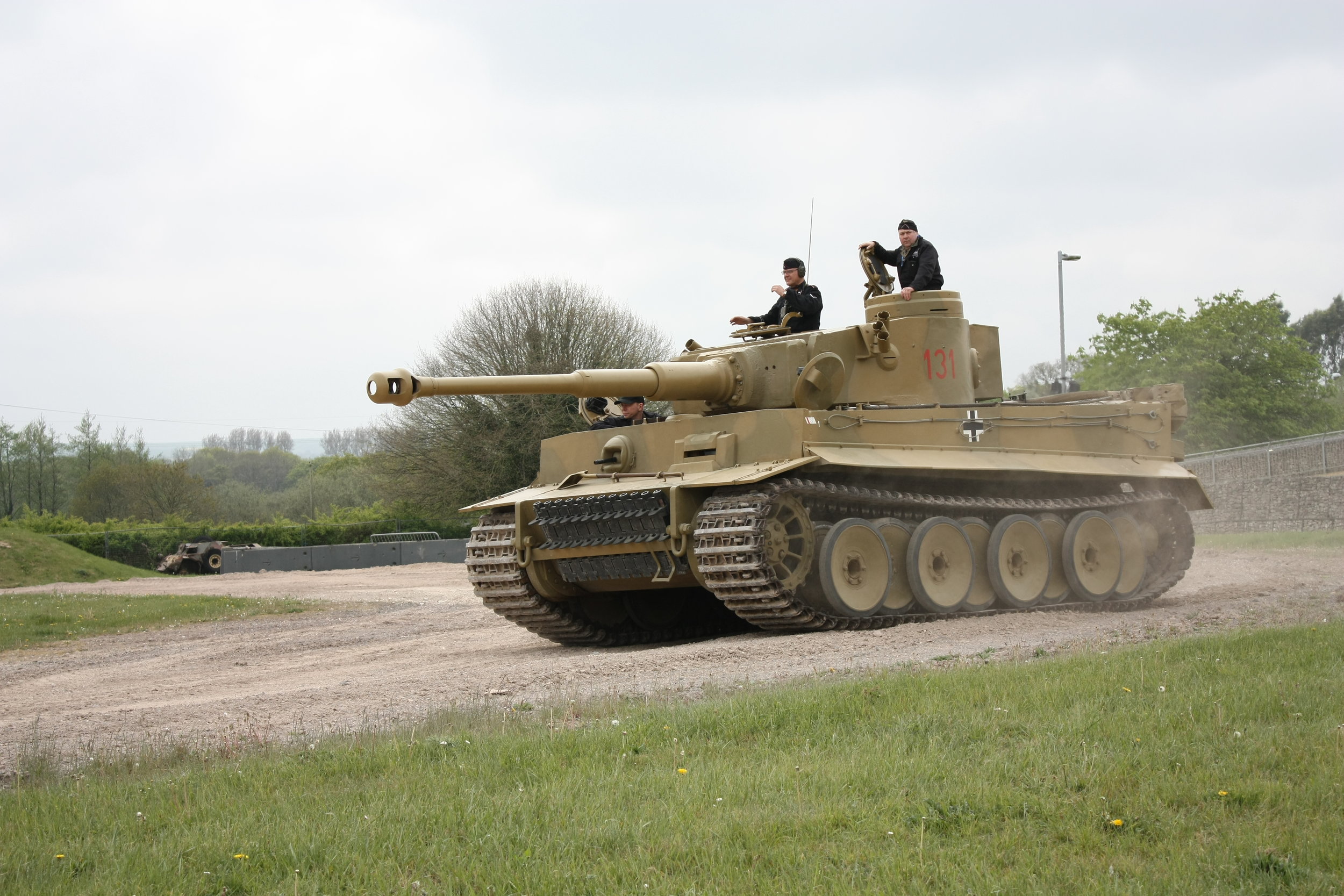
Tiger 131, a German Tiger I heavy tank, roared into existence during the early 1940s, a period when armored warfare reached new heights. This tank design was renowned for its fearsome reputation on the battlefield, boasting thick armor and a powerful 88mm KwK 36 gun that struck terror into the hearts of Allied tank crews. Tiger 131 played a pivotal role on the Eastern and Western Fronts during World War II, demonstrating the might of German tank engineering.
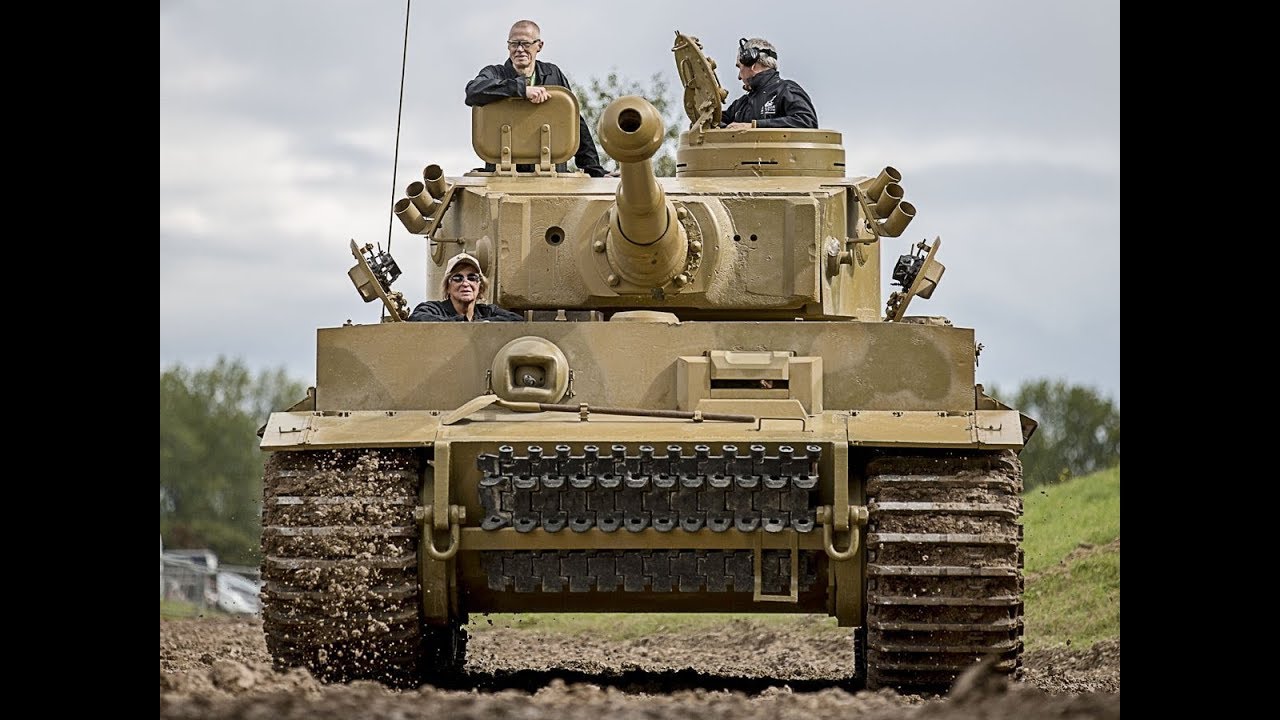
Fast forward to the present, and Tiger 131 is no longer a relic confined to history books or static museum displays. It has been meticulously restored to full working order at The Tank Museum in Bovington, United Kingdom. The restoration effort, spanning years and conducted with painstaking attention to detail, has brought this iconic tank back to life, allowing visitors to witness its power and grandeur firsthand.
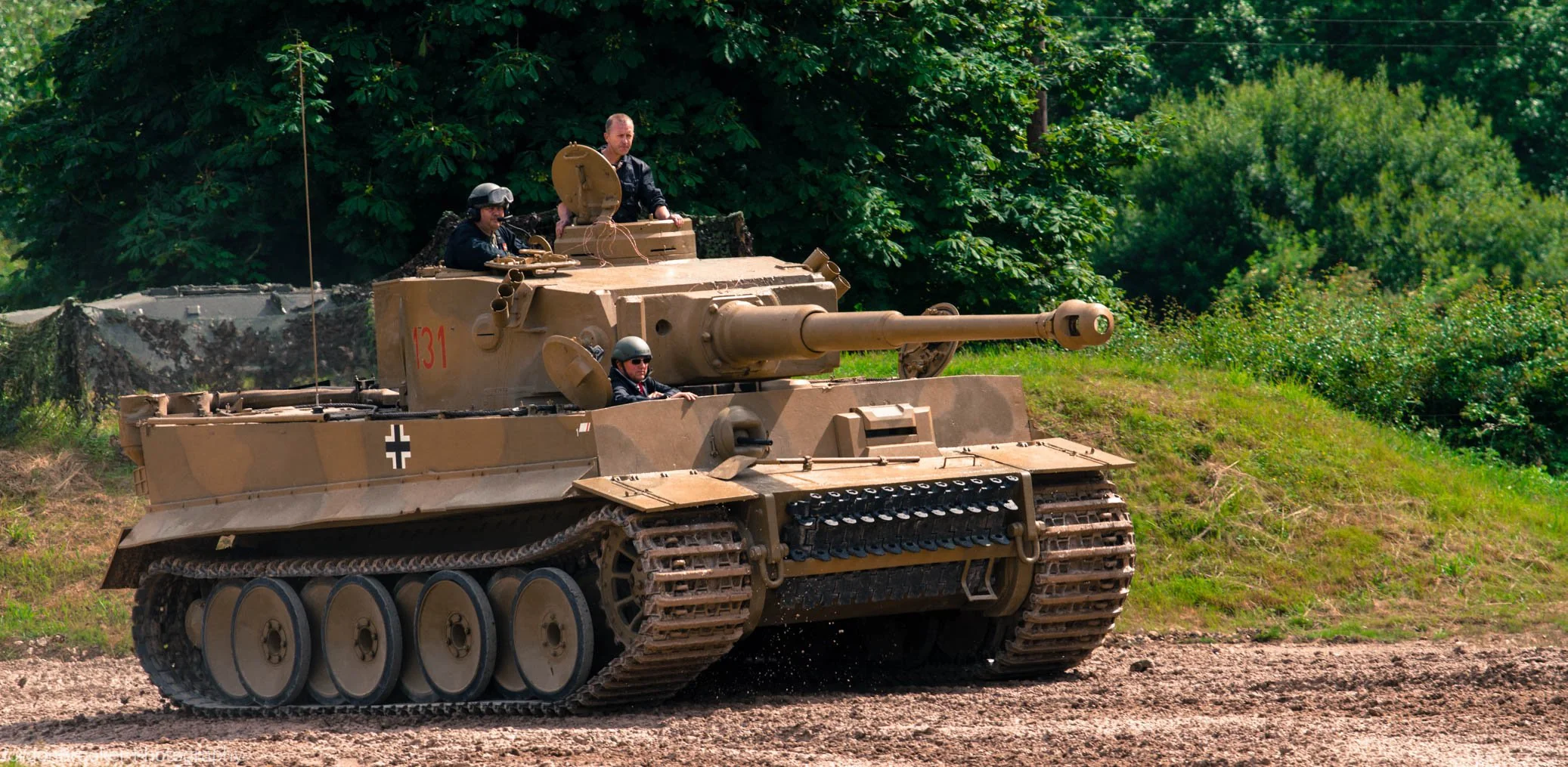
The operational status of Tiger 131 opens a unique window into the technical marvels and challenges of restoring such a complex war machine. The roar of its engine, the clanking of its tracks, and the acrid smell of diesel evoke a sensory journey back in time, providing a visceral understanding of the conditions faced by tank crews during the war. The restoration effort is not just about preserving history but also about giving people the opportunity to experience it in its full glory.
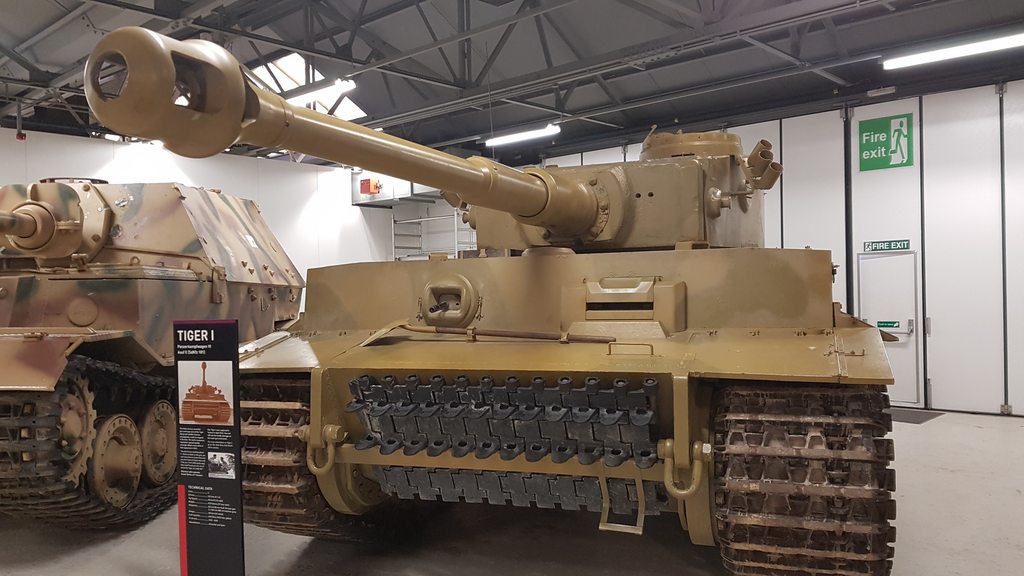
Beyond its operational status, Tiger 131 serves as an educational tool, offering a glimpse into the technological innovations and tactical considerations that defined armored warfare during World War II. The Tank Museum provides visitors with insights into the tank’s mechanics, its crew, and the historical context in which it played a crucial role. It becomes a living classroom, bridging the gap between generations and fostering an appreciation for the sacrifices made by those who served in armored units.
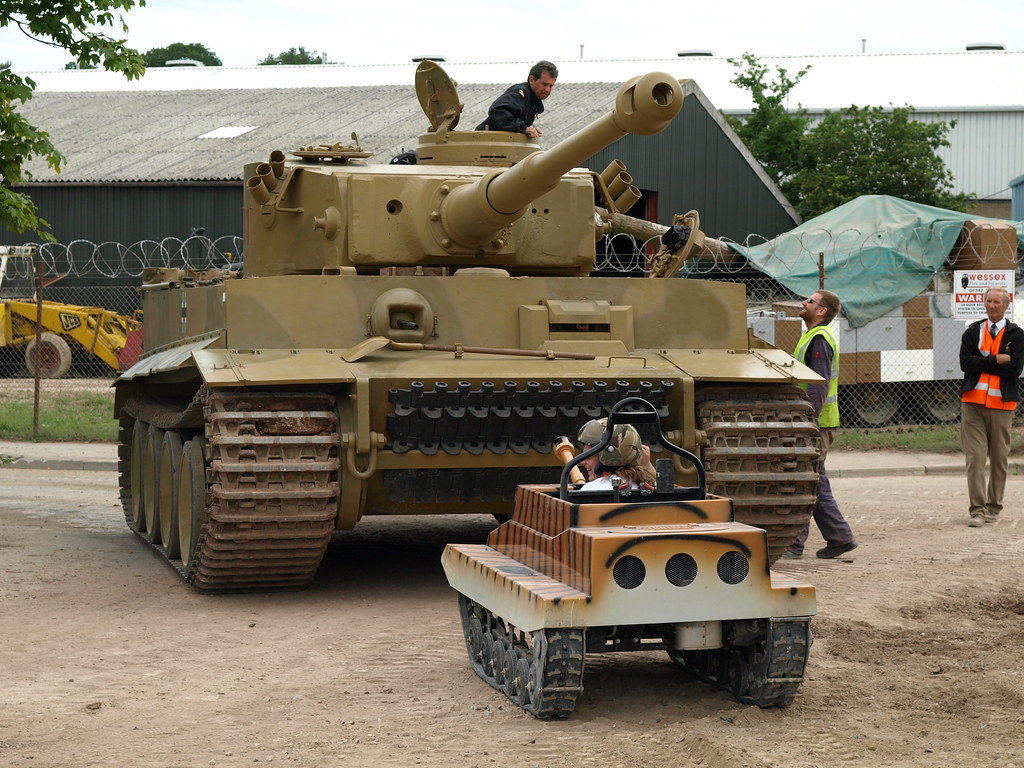
Tiger 131’s operational status also affords researchers and historians a unique opportunity to study and understand the intricacies of its design and functionality. The tank stands as a tangible piece of living history, providing valuable data that contributes to the ongoing scholarship surrounding armored warfare.
In conclusion, Tiger 131, the world’s only working Tiger Tank, is more than a relic from the past. It is a living testament to the ingenuity of wartime engineering, the courage of tank crews, and the ongoing efforts to preserve and understand our military history. As it rumbles across the grounds of The Tank Museum, Tiger 131 continues to captivate and educate, ensuring that the legacy of the Tiger Tank and the stories of those who served aboard it endure for generations to come.